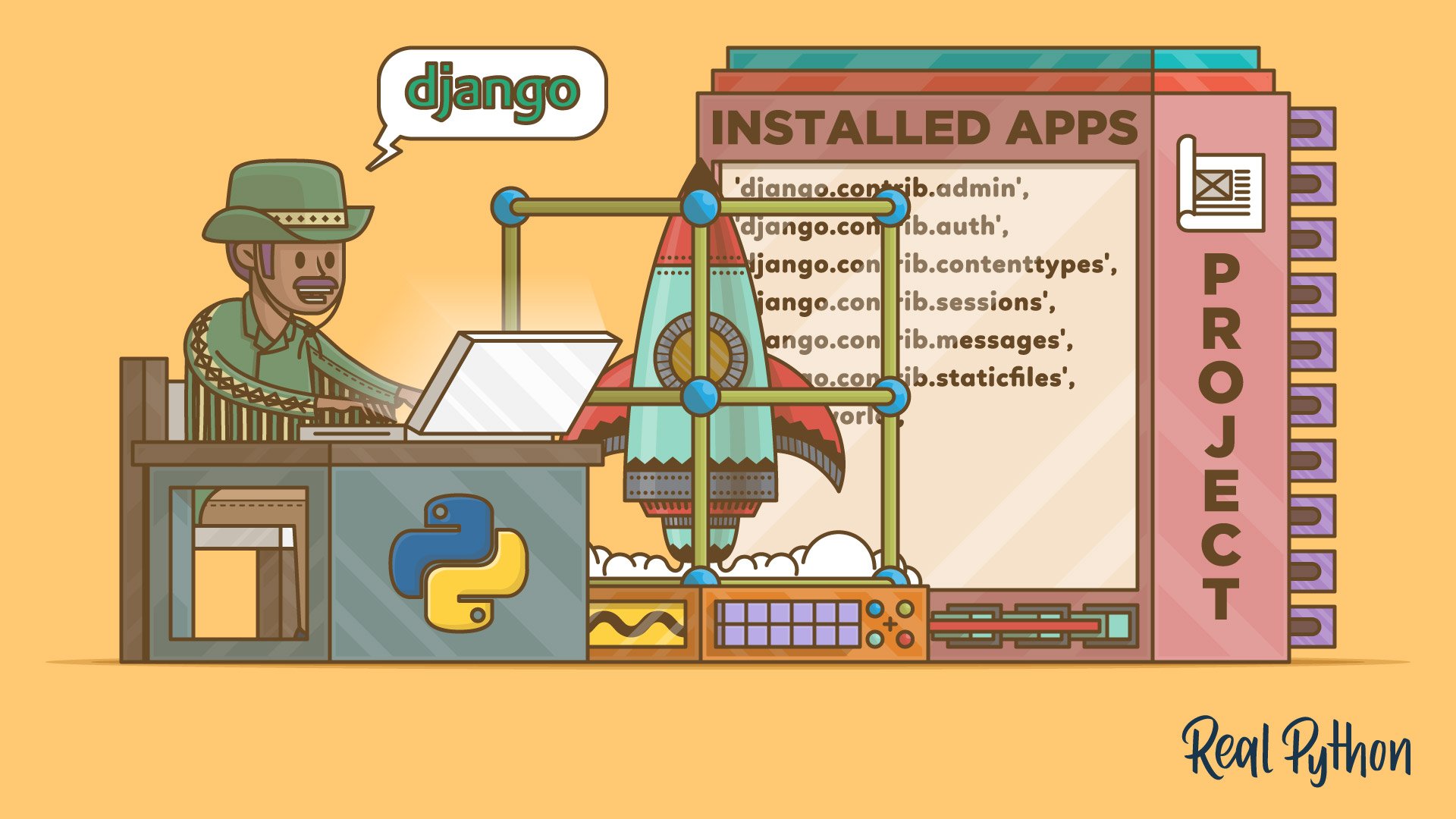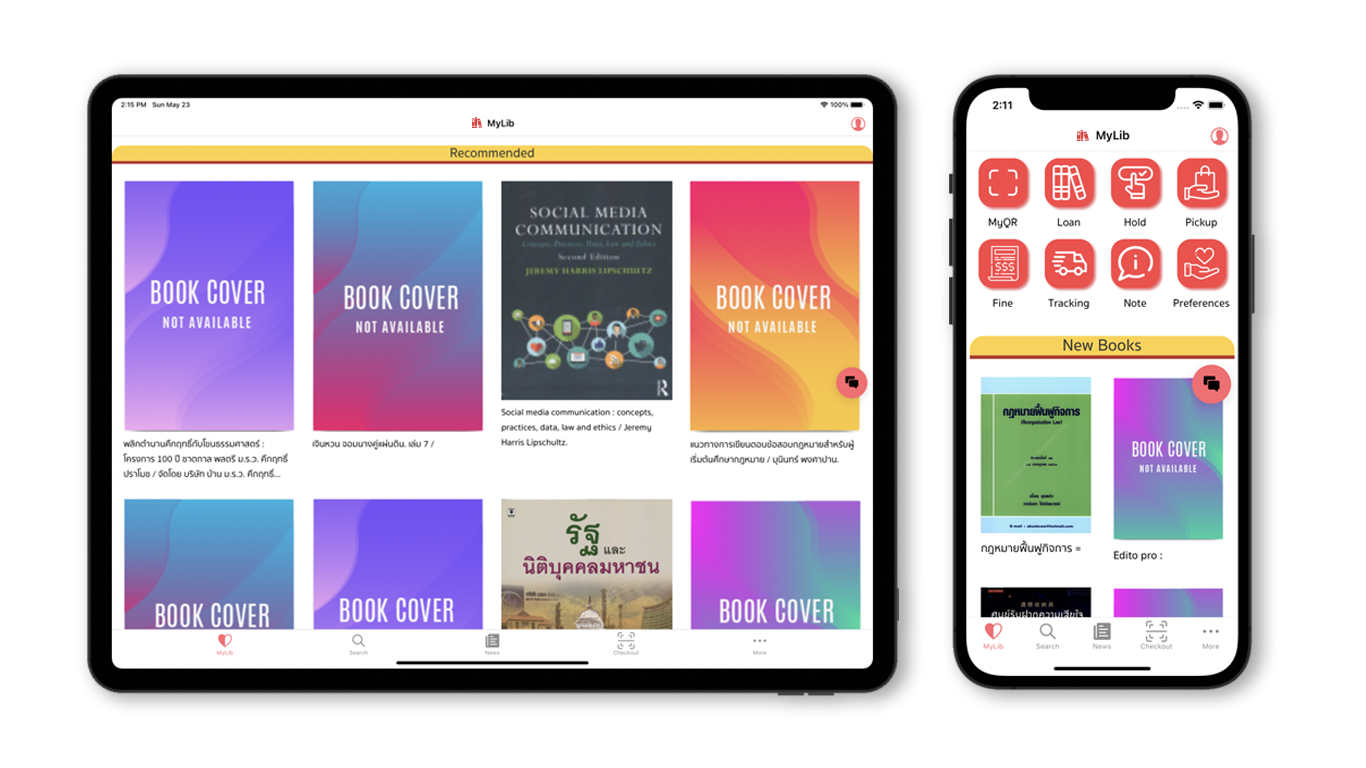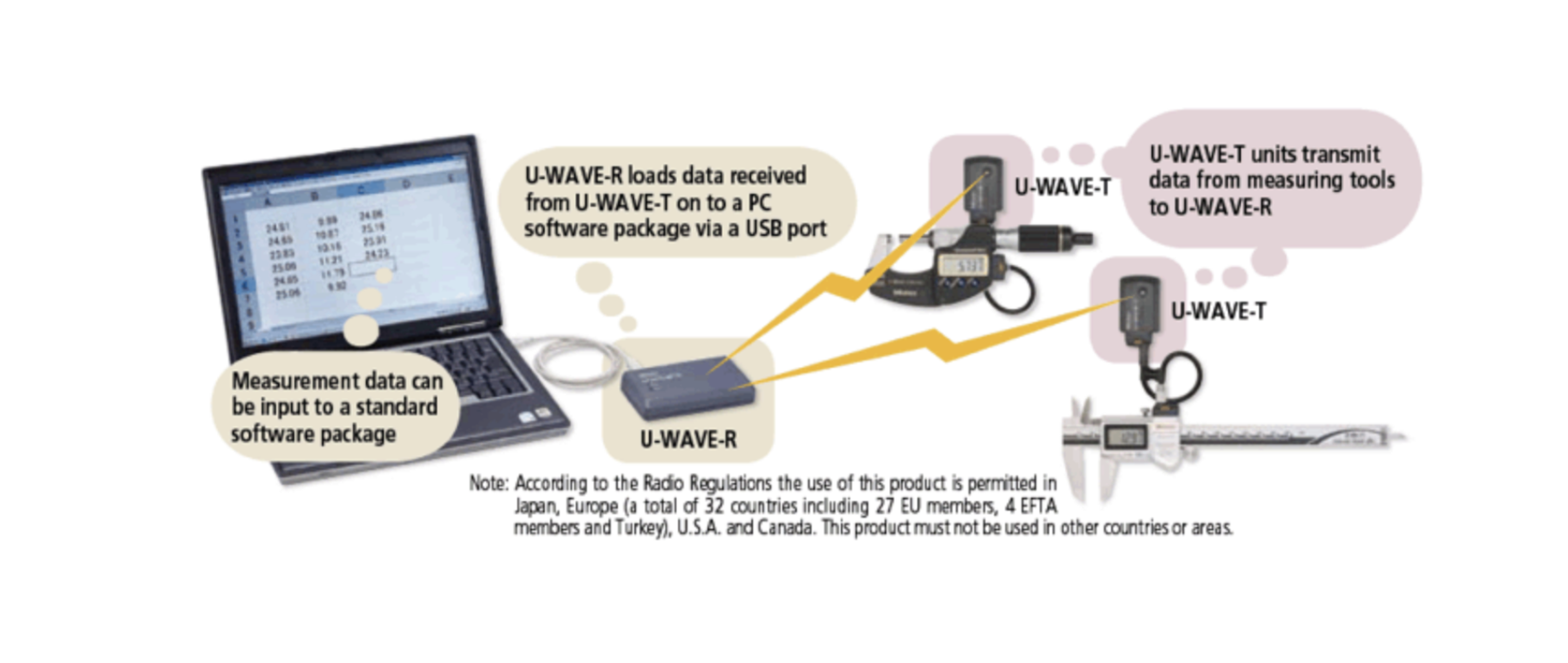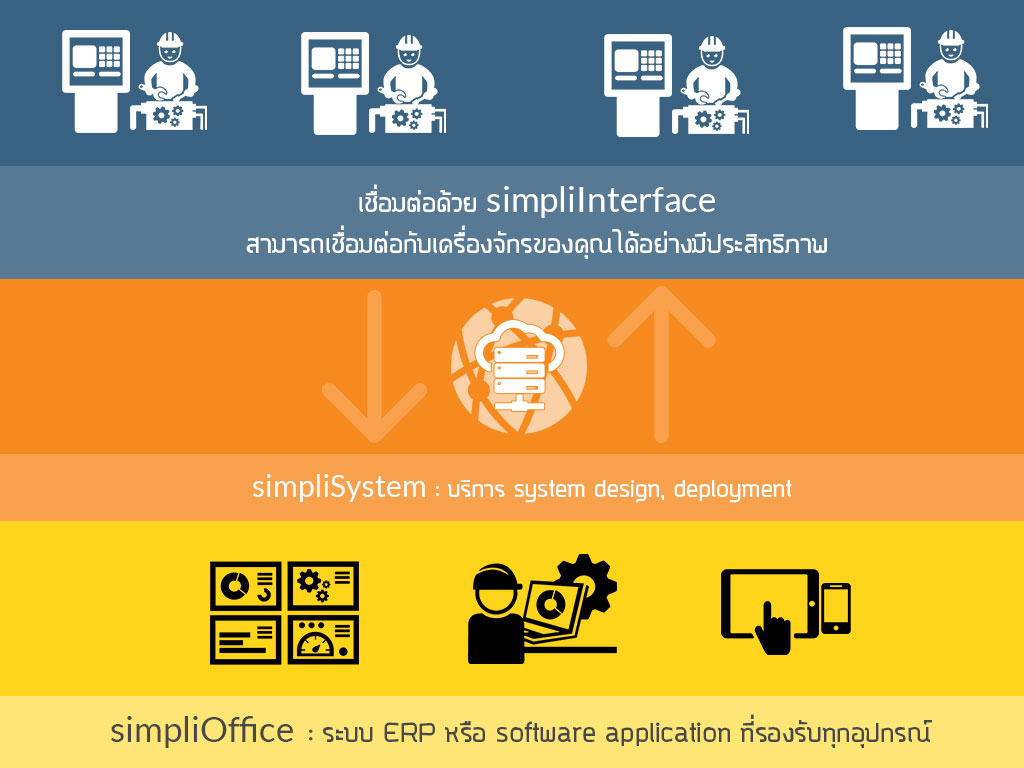How to Apply The Mom Test to Validate Your Startup Idea the Right Way
If you’ve ever shared a startup idea with someone and heard, “That sounds cool!”, you might have fallen into a trap. That kind of compliment feels good—but it’s exactly what The Mom Test by Rob Fitzpatrick teaches you to avoid.
In this post, I’ll show you how to apply the concepts from The Mom Test to get real customer feedback, avoid false validation, and build something people actually want.
🤔 What Is The Mom Test?
The Mom Test is a book that teaches you how to talk to customers without asking them to lie to you—even if that customer is your mom. The core idea is simple:
It’s your fault if people lie to you. You’re probably asking the wrong questions.
🧠 Why Most Startup Conversations Fail
Founders often:
- Pitch too early.
- Ask hypothetical or leading questions.
- Take compliments as validation.
Example of a bad conversation:
"I’m building an app to track inventory automatically. Would you use it?"
“Yeah, sounds cool!” 🙄
That feels like validation—but it’s worthless.
✅ How to Ask the Right Questions
The Mom Test encourages you to ask about:
- Past behavior
- Actual problems
- Real-world actions
Here’s a before-and-after look:
| ❌ Bad Question | ✅ Good Question |
|---|---|
| “Would you use this product?” | “Tell me about the last time you faced this problem.” |
| “Do you like this idea?” | “What are you doing right now to solve it?” |
| “Would you pay for this?” | “Have you paid for a similar solution before?” |
🛠️ Applying The Mom Test in Real Life
Let’s say you’re building inventory prediction software. Here’s how to apply the book’s lessons:
🎯 Step 1: Stop Pitching
Avoid talking about your product. Focus on their experience.
"Can you walk me through how you track stock levels right now?"
🧩 Step 2: Dig into Specifics
Look for details: time spent, tools used, what frustrated them.
"What happened the last time you ran out of stock? How did you find out?"
💡 Step 3: Look for Signals of Pain and Commitment
You’re hunting for signs that the problem is real and painful:
- Workarounds (Excel, paper logs, etc.)
- Time spent
- Emotional words (“It’s frustrating…”)
If they’ve spent money or time solving the problem, it’s a real problem.
📊 Track What Matters
Don’t just collect opinions. Log:
- Actual problems
- Quotes from real users
- Signals of commitment (e.g., time, money, promises)
You can use spreadsheets, or even build a small tool using LangChain or Notion to organize the insights.
🚩 Red Flags to Watch For
- Compliments (“Sounds great!”)
- Future tense (“I would use it…”)
- Generic feedback (“Yeah, people need that.”)
🔄 Iterate Based on Truth
Once you find consistent problems across multiple interviews, then (and only then) should you begin building solutions. Until then, keep listening, not pitching.
✍️ Final Thoughts
Building a startup is hard enough. Don’t make it harder by relying on lies—even nice ones.
Following The Mom Test helps you get real, actionable data from real people—so you build something worth paying for, not just something people say they like.
Get in Touch with us
Related Posts
- How to Build an AI-Resistant Project: Ideas That Thrive on Human Interaction
- Build Your Own Cybersecurity Lab with GNS3 + Wazuh + Docker: Train, Detect, and Defend in One Platform
- How to Simulate and Train with Network Devices Using GNS3
- What Is an LMS? And Why You Should Pay Attention to Frappe LMS
- Agentic AI in Factories: Smarter, Faster, and More Autonomous Operations
- Smarter, Safer EV Fleets: Geo-Fencing and Real-Time Tracking for Electric Motorcycles
- How to Implement Google Single Sign-On (SSO) in FastAPI
- Build Your Own Taxi Booking App with Simplico: Scalable, Secure & Ready to Launch
- Building a Scalable EV Charging Backend — For Operators, Developers, and Innovators
- How to Handle Complex Pricing for Made-to-Order Products in Odoo
- How to Build a Made-to-Order Product System That Boosts Sales & Customer Satisfaction
- Transform Your Operations with Autonomous Agentic AI
- Streamline Fiber Tester Management with a Lightweight EXFO Admin Panel
- Enhancing Naval Mission Readiness with EMI Simulation: Cost-Effective Risk Reduction Using MEEP and Python
- Strengthen Your Cybersecurity Posture with Wazuh: A Scalable, Cost-Effective SIEM Solution
- OCPP Central System + Mobile App — Customer Proposal
- How TAK Systems Are Transforming Border Security
- ChatGPT-4o vs GPT-4.1 vs GPT-4.5: Which Model Is Best for You?
- Can Clients Decrypt Server Data Without the Private Key? (Spoiler: No—and Here’s Why)
- Managing JWT Authentication Across Multiple Frameworks














